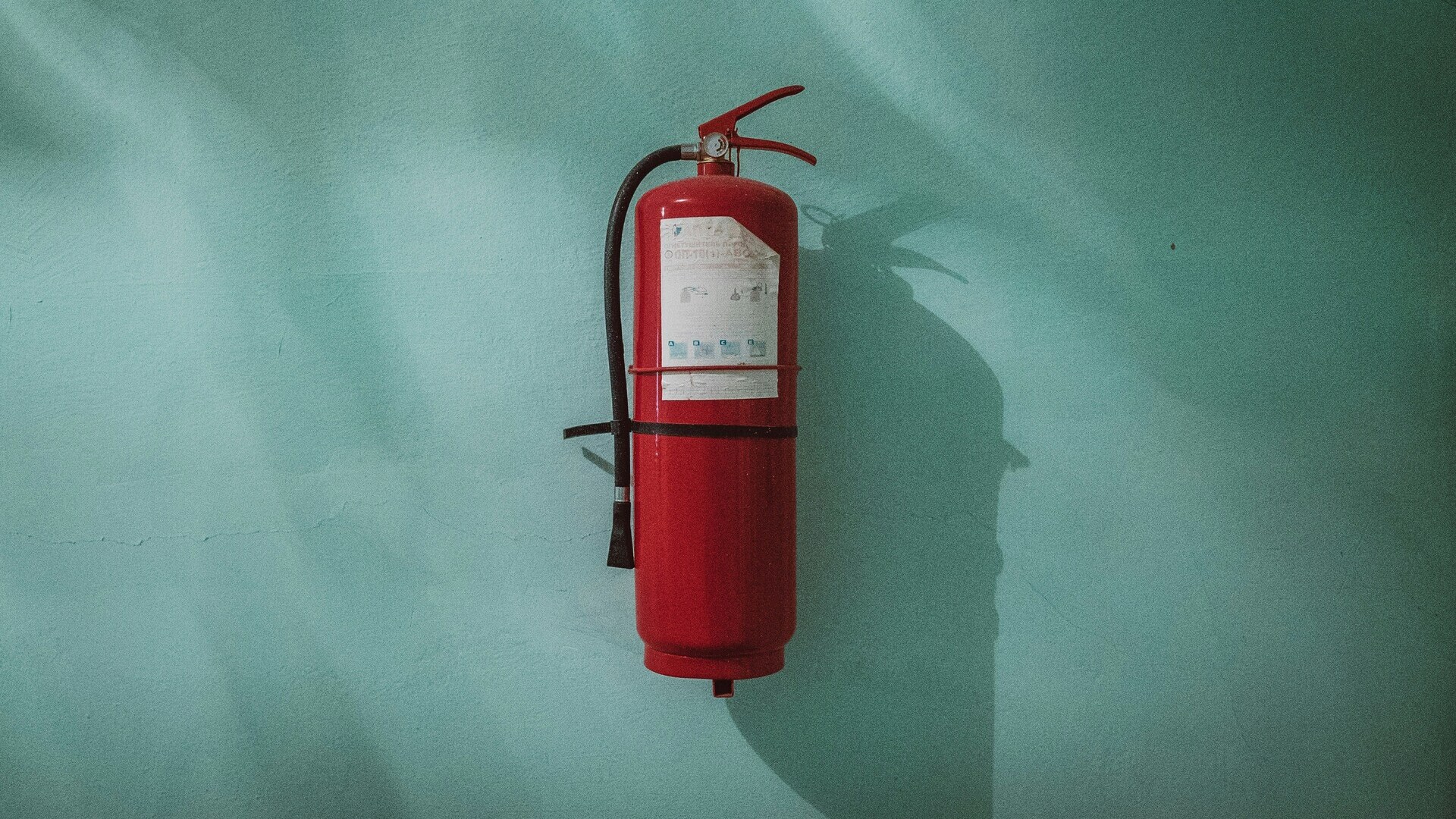
Emergency funds: why and how to build one
Our advice on how to effectively build your emergency fund.
Building an emergency fund is just as important as earning money and investing. It’s a crucial piece of the puzzle when it comes to financial stability.
Importance of an emergency fund
Random expenses
Anything can become an emergency: Your cat gets sick, your landlord rants and raves about repairs, coupled with financial uncertainty or a sudden job loss. An emergency fund acts as a buffer, providing you with financial resilience when times get tough. Without an emergency fund, people often resort to borrowing money or using credit cards to cover their expenses, which can lead to the accumulation of debt with high interest rates.
Peace of mind
Feeling financially insecure can affect mental health. Stress and anxiety can be reduced by knowing you have a safety net in the form of an emergency fund, which promotes overall well-being. If you have money set aside for emergencies, you can face challenges with confidence, without having to constantly worry about how you’re going to cope financially.
Strategies for building an emergency fund
Set a goal
First things first, you’ll have to set a goal and stick to it. How much is your rent? How much are your bills? Determine the monthly allowance you can give yourself and use it to determine how much you want to save for emergencies. A common guideline is to aim for three months of living expenses, but even just budgeting for one month only will help you sleep better at night.
Budgeting
Hire a financial adviser or ask a friend to give you an unbiased opinion on your spending. Have them look at your monthly expenses and see where you can cut back to save money. Try to set aside at least 10% of your income specifically to create your emergency fund, if 10% is too much then any percentage is good. Think of budgeting as a new way of looking at money and learning to think about tomorrow, rather than just saving a certain percentage.
Prioritise savings
It may take a while, and you’ll probably have to rethink how you do things on a day-to-day basis, but building your emergency fund should become one of your top priorities. Sacrificing non-essentials in the short term can lead to long-term security and happiness; it may feel unfair and unjust, but setting limits can ultimately bring you peace of mind and financial comfort.
Automate savings
Automate your savings in the same way you automate your investments on Beewise, set up automatic transfers from your bank account to an emergency fund every month, and forget about them. Treat these automated savings the same way you treat any other bill.
Use windfalls wisely
If you receive any form of extra money you were not expecting, such as a bonus or an unexpected tax refund, consider putting it aside to build up your emergency fund.
Keep it accessible
Your money should always be ready and easily accessible in case of an emergency. Keeping cash is a good option, but it can be difficult to send or receive quickly. Consider some form of high-yield savings account that offers a savings account.
Start small, but start
Don’t feel bad if you can’t put money away immediately or as quickly as you would like. Start by putting away a small amount of your income as regularly as possible, even if it’s just a few euros. Start small, but start as early as possible – yesterday was the day to start, but today is the second-best option. Aim to take advantage of compound interest if you decide to save by investing, and look at the interest rates offered by banks in your area.
Increase income
Always be on the lookout for ways to increase your income and start a side hustle. These could be part-time jobs, freelance work, consultancy, or selling unused items you find around the house or elsewhere. All this extra money can go straight into your emergency fund.
Meal prep and savings
If you’re looking for ways to cut costs, you might want to look into meal preparation. Food costs can add up quickly, especially if you work in an office and have to rely on your company’s canteen or nearby restaurants. Try planning your meals for the weekend and cooking at home instead, and put the money you save on eating out directly into your emergency fund.
Community resources
Explore local community resources that offer assistance or opportunities for financial empowerment. Some organizations offer free financial literacy workshops, job training programs, or access to low-cost resources such as discounted food or assistance with utility bills. These resources can free up more of your income for contributions to your emergency fund.
Avoid temptation
Resist the urge to dip into your Emergency Fund to pay for things you don’t need. It’s not for discretionary spending – it’s there to protect you in times of need. Be aware that the building of an emergency fund is a step-by-step process. With discipline and consistency, you’ll gradually build a financial safety net that gives you peace of mind.






